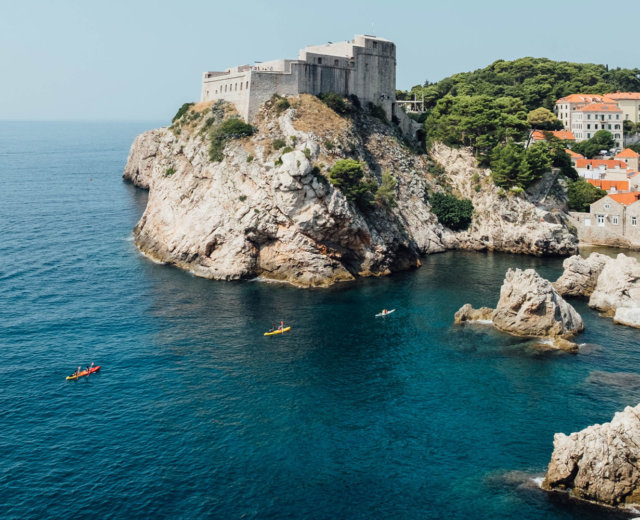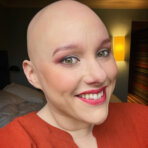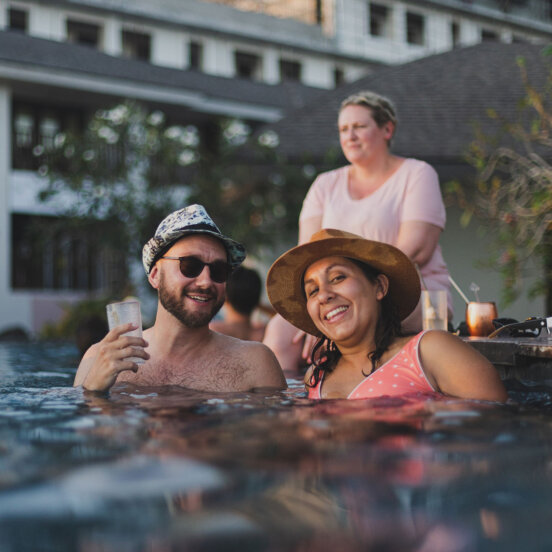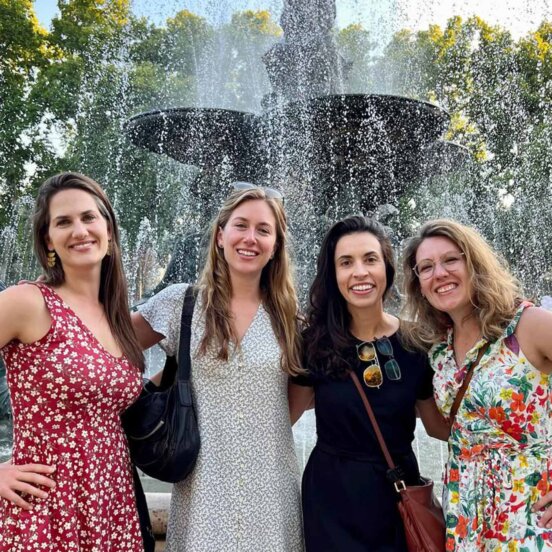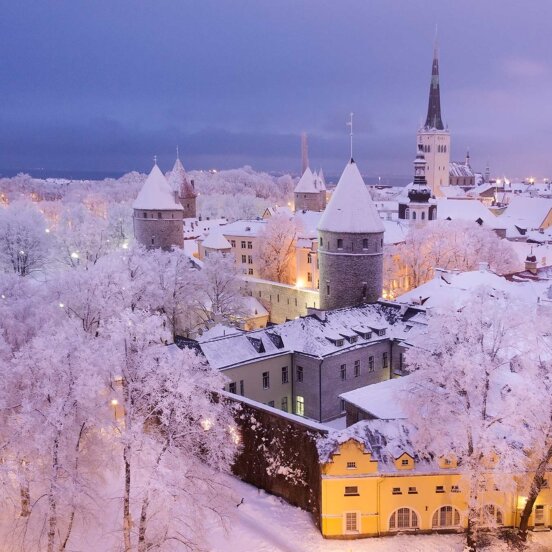“I avoided mirrors for 20 years so I wouldn’t see my own baldness”

1 in 5 people identify with having a visible difference, and almost half have experienced hostile behavior because of it. Alopecia awareness campaigner, Laura Mathias – whose life changed when she posted her first bald selfie four years ago – is one of those leading the pushback.
It all began with a small bald patch that my hairdresser spotted. I was 13 years old and my hair was falling out? I’d never heard the term “alopecia” before: I didn’t know hair loss could happen, especially to women.
I felt like the biggest freak in the world. Soon enough, as I noticed more bald patches appearing, and more hair on my pillow each morning, I stopped going to school: the phobia of being seen like that was too much. For six months, I didn’t leave the house. The doctor told me, “Well, Laura, you do have asthma and eczema – you’re clearly predisposed to autoimmune conditions like this. But try and calm down, and your hair will probably come back.”
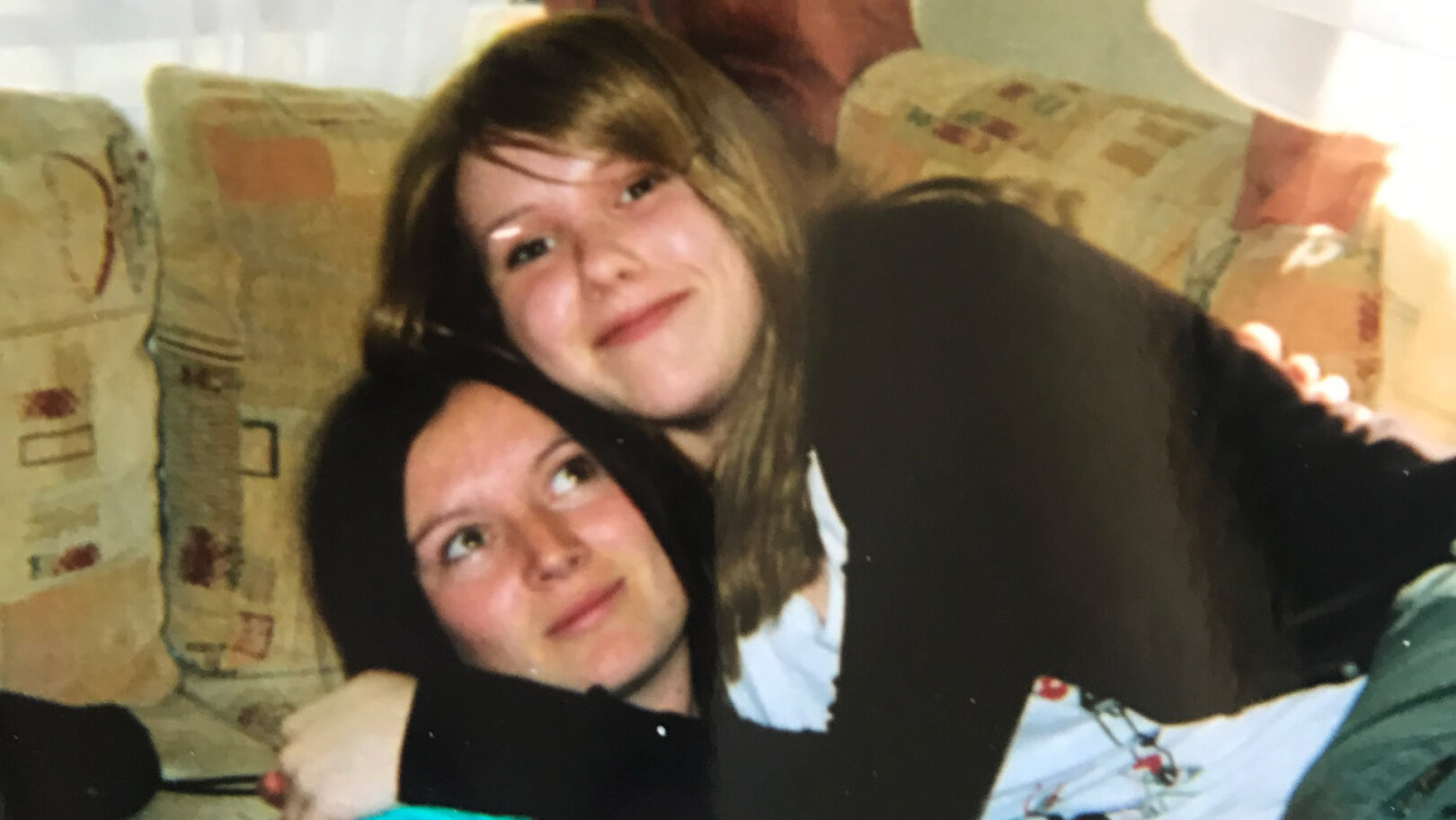
That “diagnosis” made me feel responsible, even though I had no control over the changes to my body. Somewhere deep down, however, I realized I couldn’t carry on hiding away. Eventually, I asked my mum to buy me a wig. That wig gave me my life back; it allowed me to get out of the house and return to school. But, looking back, I recognise now that it was not a solution to the shame I felt at being a bald girl. It led to me living very differently to how I did before alopecia came into my life.
Every day, I woke up and hated what I saw in the mirror
I still felt different from everyone around me. I simply became the girl in the wig. Every day, I woke up and hated what I saw in the mirror. And I was consumed with feeling self-conscious. Disguising my bald head – my visible difference – preoccupied my every waking moment. Wearing a wig let me get out of the house, yet it limited me in other ways. I said no to sleepovers and holidays. I didn’t go swimming. I didn’t do any of the things that you do when you can just forget about what you look like.
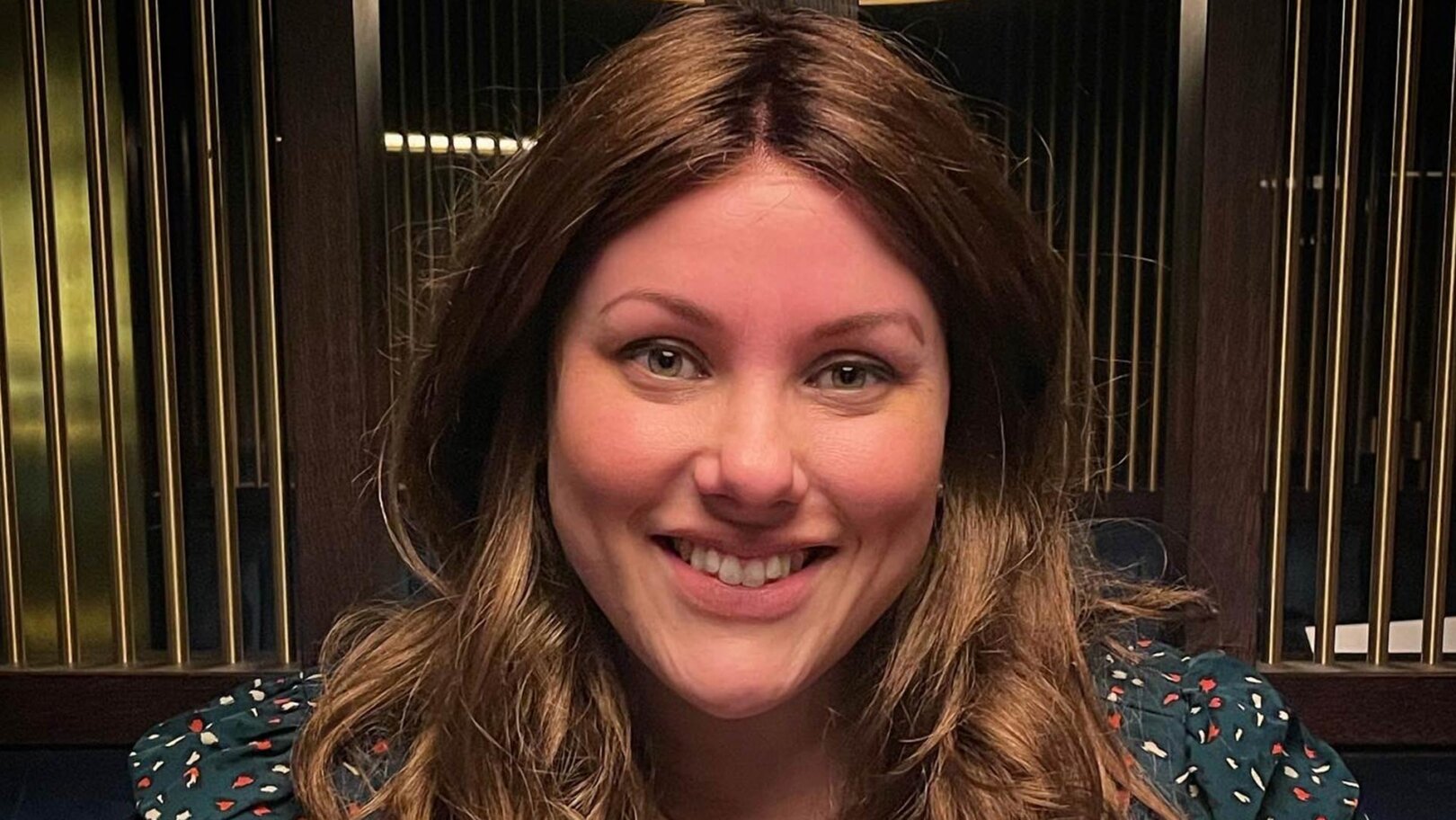
Refusing opportunities in fear of rejection continued long past my time at school and university. My fear even led to behavior like always having my curtains closed at home (so people passing by couldn’t see me without a wig). I would also carefully choose where I sat in a restaurant, so the lighting wouldn’t “give away” the artificial sheen of my hair. My preoccupation with being “outed” as an alopecian was emotionally exhausting. Deep down, there was nothing I wanted more than the sensation of a breeze on my scalp. But psychologically, it wasn’t an option.
During lockdown, everything changed. I was working in a communications role for a university at the time, and we began working from home. I can’t describe the freedom of not having to get up early to put my brows and makeup on. Or not needing to take a deep breath before putting my wig on, in preparation of the agony that awaited me as the silicone-based wig made contact with the open cuts that crowded my scalp. It was such a relief to whip my wig off between video meetings, too.

With the Covid drama unfolding, it also felt like the world was ending at the time, and that shifted my perspective. As my scalp began to breathe and heal, I realized the craziness of what I was doing: I was actively harming myself, to be accepted by other people. At the same time, I began searching online under the hashtag #alopecia, and discovered a whole community of people openly talking about their experiences with hair loss. It was a real eye-opener.
I was actively harming myself, to be accepted by other people
In June 2020, I posted my first bald selfie on Instagram. It was the scariest thing I’ve ever done. I shared the photo, then flung my phone to the other side of the room – I was having heart palpitations! But the response was amazing: people flooded the comments with support and encouragement.
View this post on Instagram
I suppose that, logically, I’ve always known that you don’t need hair to be beautiful. But somewhere along the way – 20 years of not looking in mirrors – I’d lost that truth. And it took a bald selfie to alter that mindset. I’d not only survived that most terrifying experience, I enjoyed it: it felt friggin’ incredible. I immediately thought, “Right, what next?”
I started to set myself new challenges, like leaving my curtains open or walking to the car wearing only a bandana – and I used Instagram to chronicle my progress. I’m not trying to be an influencer. Instead, my aim is to be real and honest about my experience; to share what it takes to build confidence as someone with a visible difference.
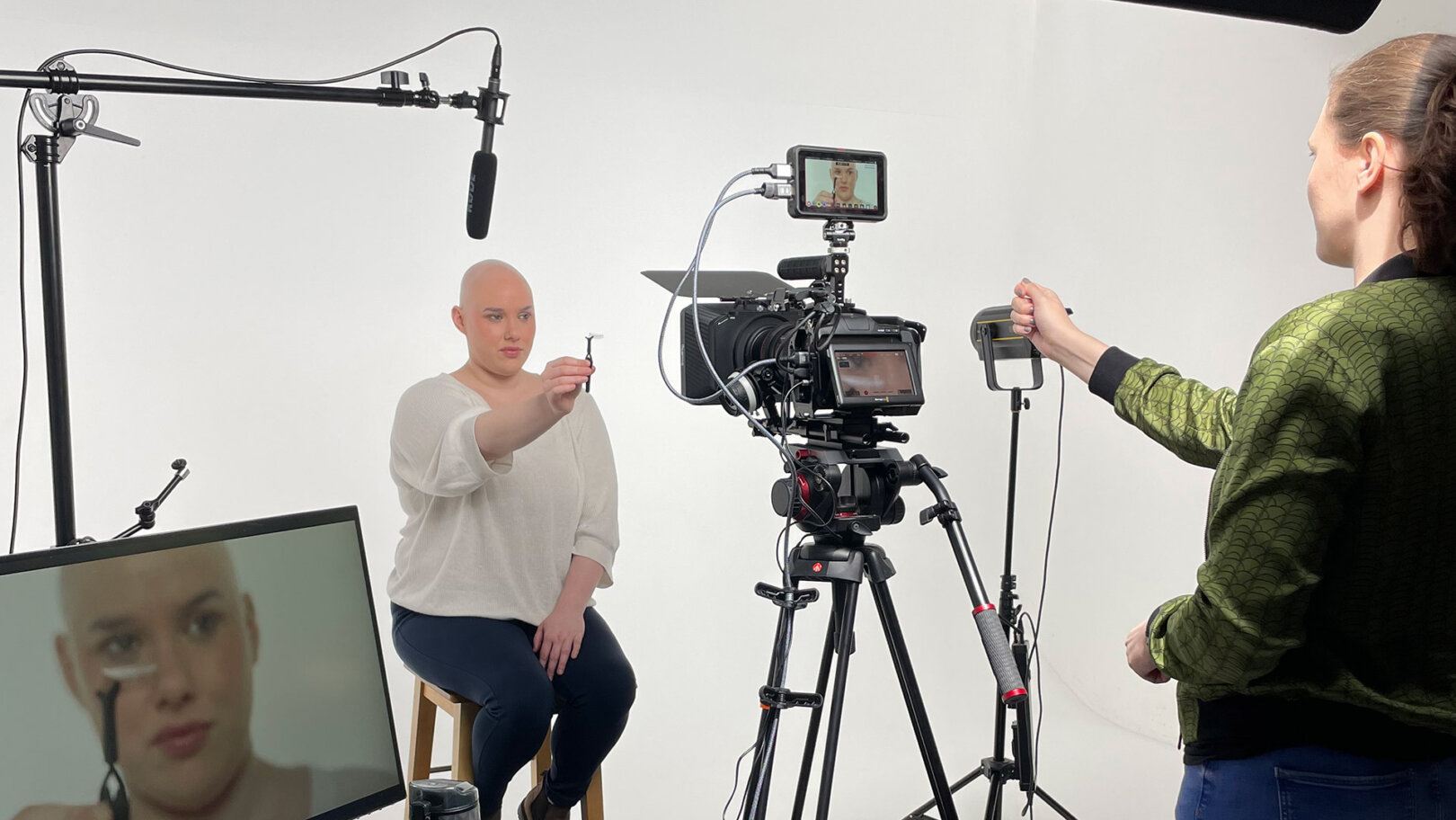
The truth is, there’s nothing linear about living well with alopecia. We’re all at different stages, and like anyone, I have good days and bad days. Sometimes, I have no idea what to put on my head. I still have moments where it suddenly can feel insurmountable just to leave the house. Weddings, holidays, work events: they can all spark insecurities of if and how I can show up as a big, bald woman.
I’m not trying to be an influencer. My aim is to be real about my experience
I met my boyfriend’s parents recently, and I did it totally bald: that felt huge. But I’m not saying that I’ll never wear a wig again. The point is, I want to share it all: to show when I have an eczema flare, or what it looks like when my scalp is healing. To say, “This wig looks terrible on me, or this one comes down to my eyebrows”. To talk about the dilemma of going swimming or kite-surfing while trying to keep your hair on with one hand.
View this post on Instagram
I’m especially open about the uncomfortable interactions I have with strangers. Most people continue to associate hair loss with cancer; so at least twice a day when out and about totally bald, I get asked how my treatment’s going, or receive unprompted comments on my appearance. It can feel exhausting to explain. But I’d prefer people to have those conversations with me rather than a 13-year-old at the beginning of their hair loss journey.
What I’ve learnt is, if I walk into a space owning who I am – whether that’s while wearing a wig, a bandana or nothing at all on my head – it’s always a much more positive experience. People still have questions; they’re curious and I guess that’s natural if they’re not used to seeing a happy, healthy bald woman in the world. But if they can see that I accept and embrace who I am, I hope that sets the tone for the interaction. I hope I am helping to break down the shame and stigma surrounding women with hair loss of any kind.
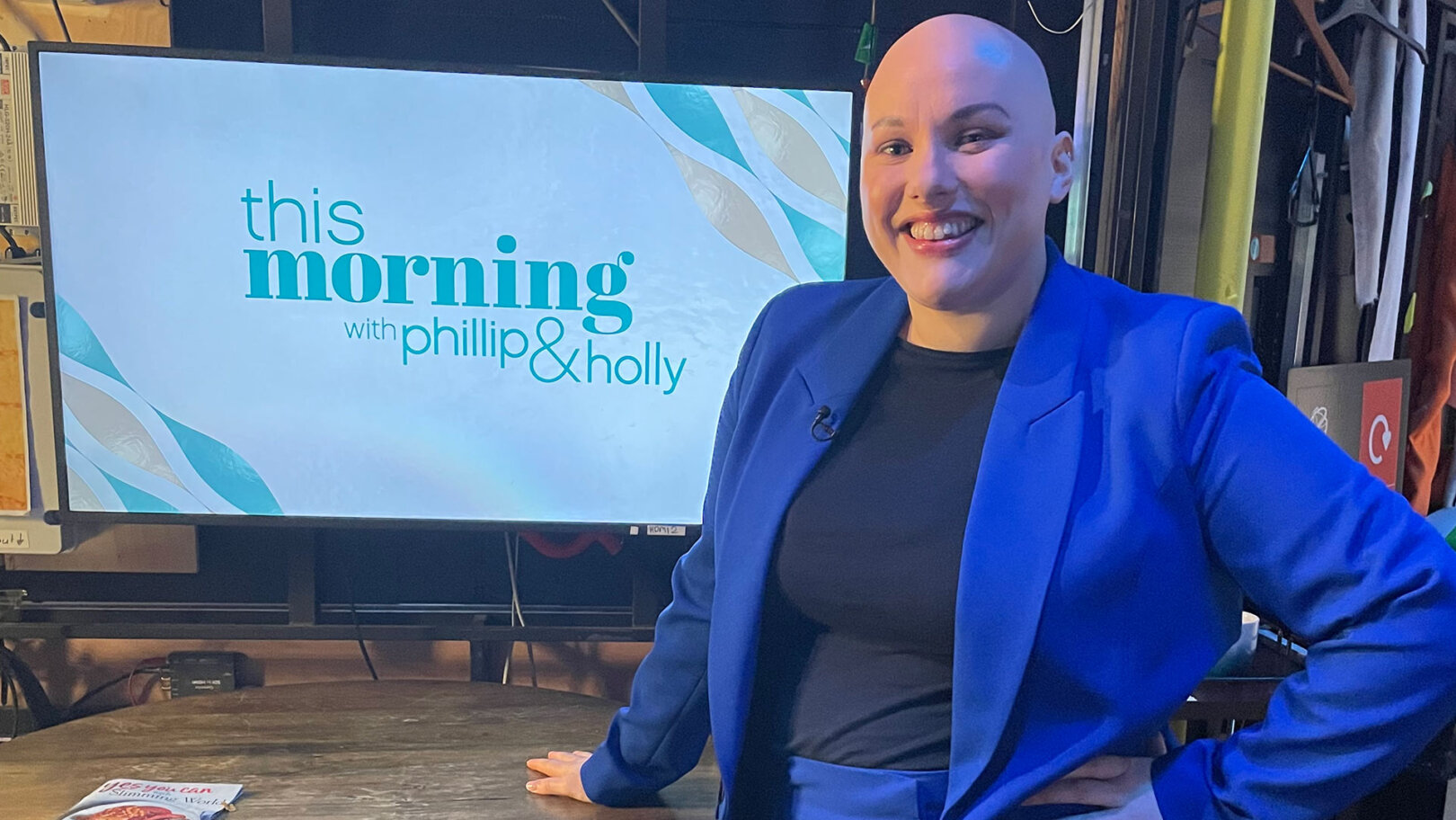
Since starting my healing journey, I’ve gone full-in. I’ve appeared at London Fashion Week, presented a TED talk, spoken to organizations, shared my story with media outlets and become an ambassador for charities including Changing Faces UK.
Most people continue to associate hair loss with cancer
The latter was so important in terms of giving a voice to everything the teenage me wasn’t able to articulate, around the psychological impact of living with a visible difference. It isn’t just about alopecia, either; a visible difference is any condition that makes you stand out from society’s perception of “normal”, from birthmarks to burns or a cleft lip.
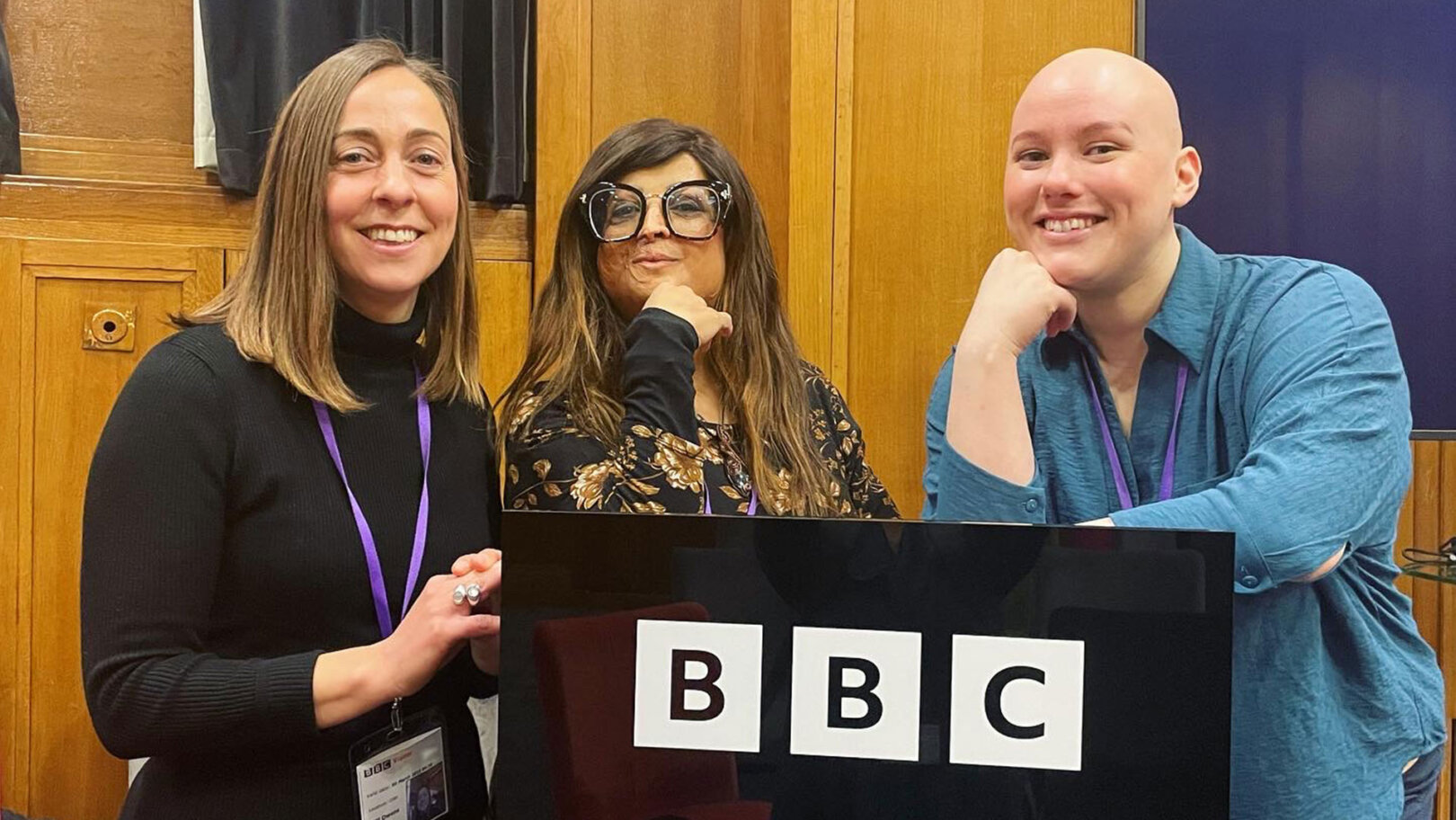
I didn’t realize how being open about my own visible difference would help others. So many people now connect with me and say they feel the same way; or they thank me for sharing and being honest. And that’s what drives me, because there’s no point fixing things for just me. I feel like I wasted so many years hiding away. So if I can help just one other 13-year-old not to feel the same way, I’ll have done a worthwhile job.
Laura Mathias is a Flash Pack ambassador, content creator and visible difference campaigner. Join her community on Instagram.
Got a story or adventure that could inspire a 30 or 40-something like you? Tag @flashpack on social or email [email protected] to be featured.
Photos: Courtesy of Laura Mathias


